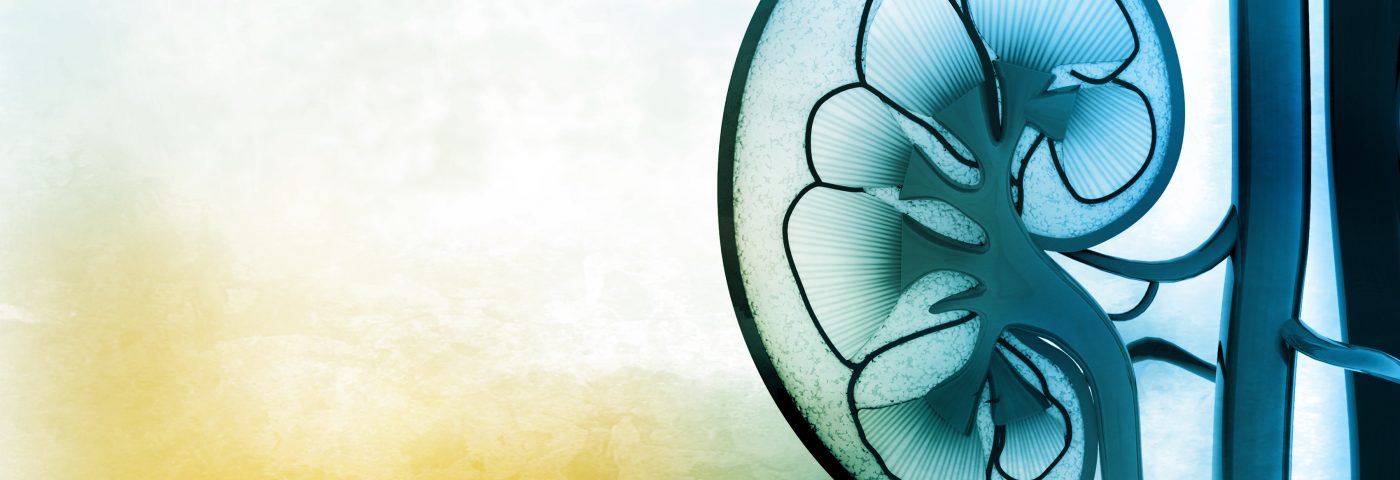Researchers at Washington University School of Medicine have identified a category of stem cells, known as Gli1 cells, to be responsible for the accumulation of calcium in blood vessels of patients with kidney disease.
The study, “Adventitial MSC-like Cells Are Progenitors of Vascular Smooth Muscle Cells and Drive Vascular Calcification in Chronic Kidney Disease,” was published in Cell Stem Cell.
Accumulation and deposition of calcium normally occurs in bones. However, under certain conditions, calcium also could be deposited in other body parts, including blood vessels. This induces a number of health problems, particularly in patients who are having kidney disease treated by dialysis, or in need of kidney transplants.
Several studies have shown that additional mineral deposits of calcium worsen disease symptoms in patients with kidney problems and may lead to cardiovascular disease, but how the process occurs is not known. In this study, researchers identified Gli1 cells as the cell types responsible for formation of these mineral deposits.
“In the past, this calcification process was viewed as passive — just mineral deposits that stick to the walls of vessels, like minerals sticking to the walls of water pipes,” senior author Benjamin D. Humphreys, MD, PhD, director of the Division of Nephrology and an associate professor of medicine, explained in a press release. “More recently, we’ve learned that calcification is an active process directed by cells. But there has been a lot of controversy over which cells are responsible and where they come from,” he said.
Gli1 cells are adult stem cells living within the outer layers of arteries. One particularity of these cells is they have the potential of becoming connective tissues, including smooth muscle during healing processes of damaged arteries in healthy individuals. However, in a mice model with kidney disease, researchers found these cells become altered and function as bone-building cells, known as osteoblasts, producing calcium deposits instead of being involved in healing processes.
“We expect to find osteoblasts in bone, not blood vessels,” Humphreys said. “In the mice with chronic kidney disease, Gli1 cells end up resembling osteoblasts, secreting bone in the vessel wall. During kidney failure, blood pressure is high and toxins build up in the blood, promoting inflammation. These cells may be trying to perform their healing role in responding to injury signals, but the toxic, inflammatory environment somehow misguides them into the wrong cell type,” he said.
The calcification process was further confirmed on tissue collected from patients who died from kidney failure. Analysis of these tissues illustrated calcium deposits in the largest artery, the aorta.
“We found Gli1 cells in the the calcified aortas of patients in exactly the same place we see these cells in the mice,” Humphreys said. “This is evidence that the mice are an accurate model of the disease in people.”
When researchers eliminated Gli1 cells from adult mice, calcium deposits in blood was prevented, further confirming the involvement of Gli1 cells in artery-hardening processes.
The authors believe these results are important as they may one day lead to new therapies preventing hardening of arteries and, consequently inhibiting the development of kidney and cardiovascular diseases.
“Now that we have identified Gli1 cells as responsible for depositing calcium in the arteries, we can begin testing ways to block this process,” Humphreys said. “A drug that works against these cells could be a new therapeutic way to treat vascular calcification, a major killer of patients with kidney disease. But we have to be careful because we believe these cells also play a role in healing injured smooth muscle in blood vessels, which we don’t want to interfere with,” he said.

